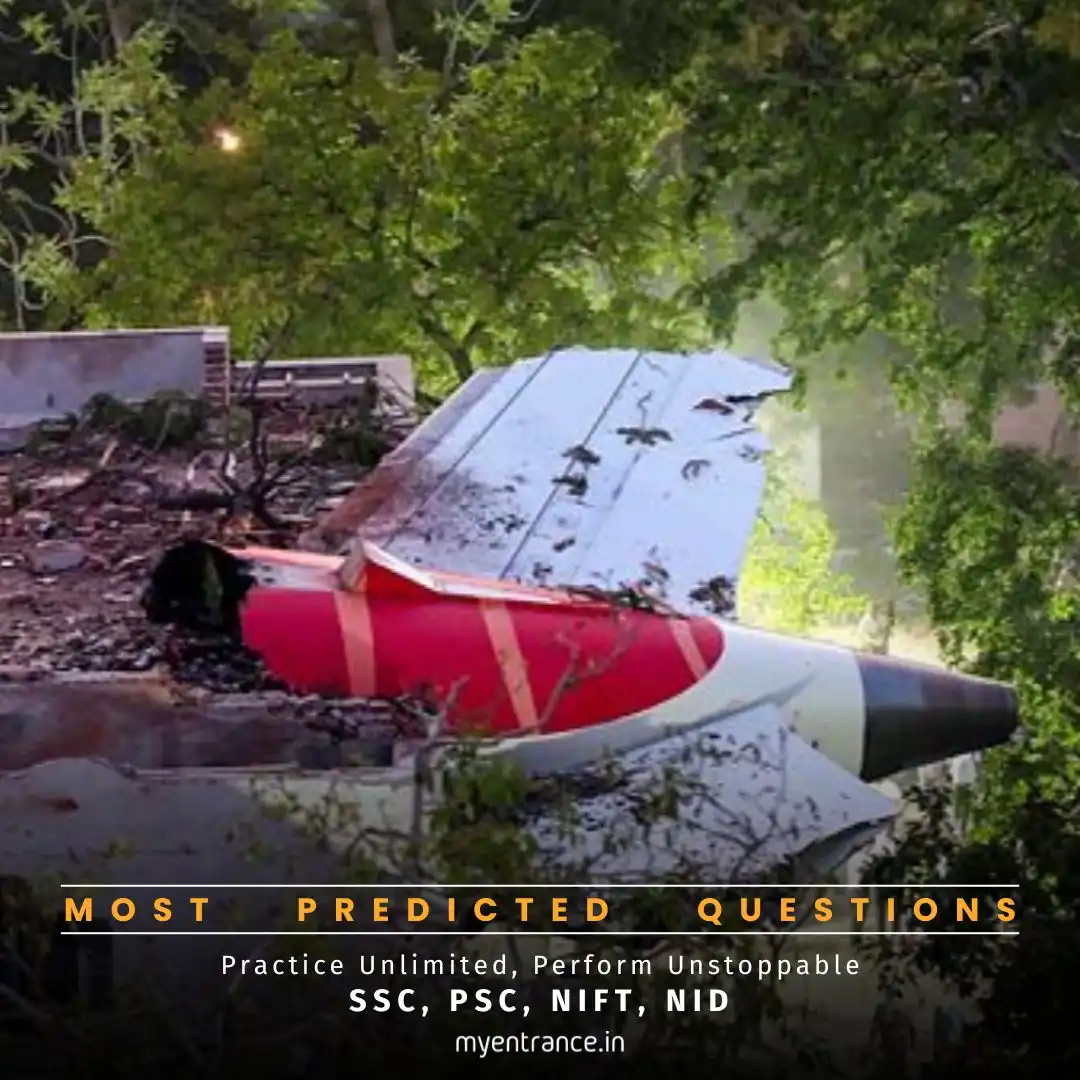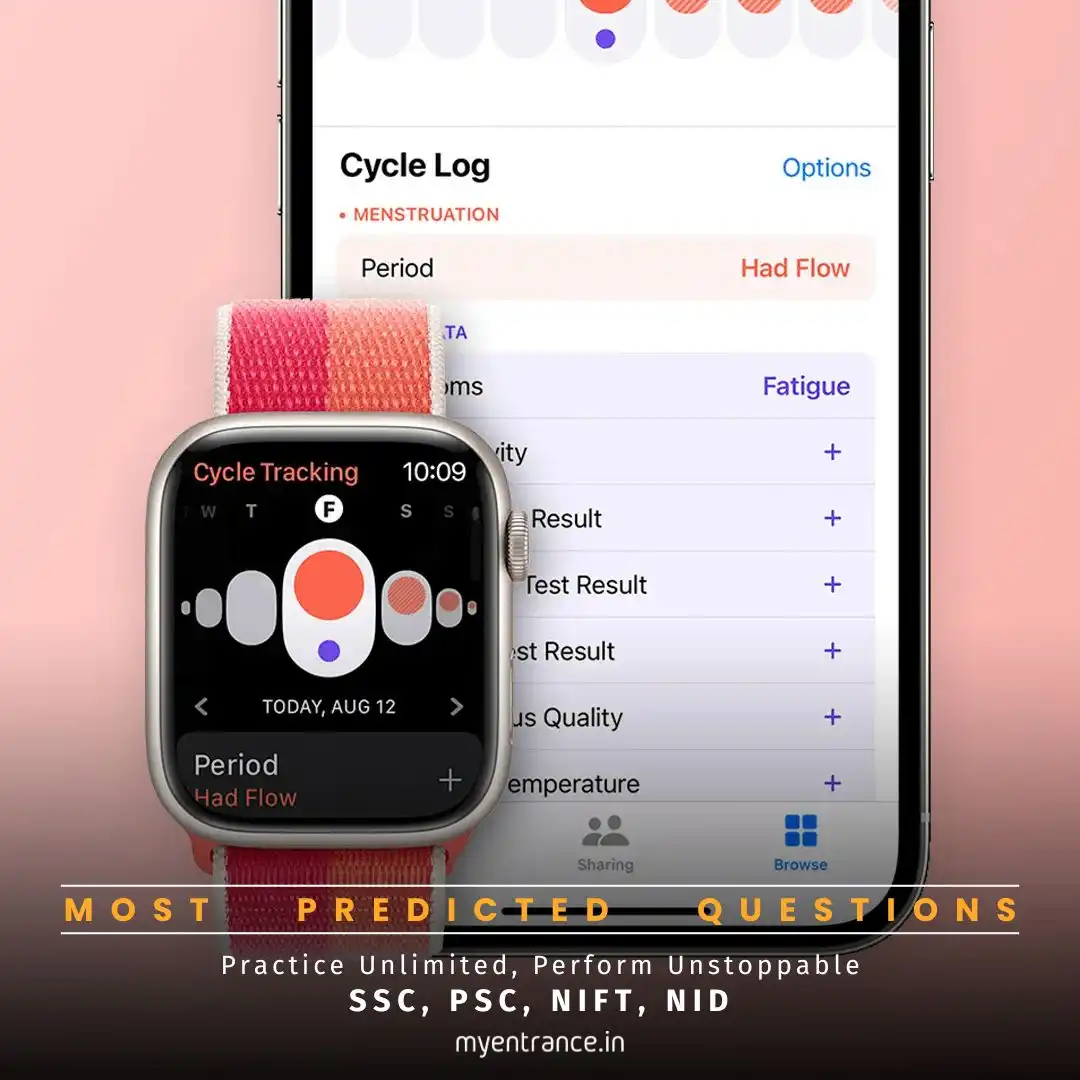Translate Language
Did Pilot Error or Engine Failure Cause the Ahmedabad Air Crash? What Went Wrong During Takeoff?
The Air India Boeing 787 crash in Ahmedabad shocked the nation, claiming 260 lives. A new AAIB report reveals both engines failed within a second of each other during takeoff, with pilot confusion and emergency systems activation adding to the mystery.

Air India Crash Report: Key Findings
India’s Aircraft Accident Investigation Bureau (AAIB) released a 15-page preliminary report on the June 12 crash, uncovering critical details:
Both engines failed within 1 second – The fuel cutoff switches for Engine 1 and Engine 2 moved from RUN to CUTOFF almost simultaneously, causing an immediate loss of thrust.
Pilot confusion recorded – The cockpit voice recorder captured one pilot questioning the other: “Why did you cutoff?”, suggesting miscommunication or system malfunction.
Ram Air Turbine (RAT) deployed mid-flight – CCTV footage confirmed the RAT activated right after takeoff, indicating an emergency power failure.
No evidence of bird strike – Investigators ruled out bird collisions, leaving engine failure or human error as likely causes.
Critical components quarantined – The wreckage, including both engines, has been secured for further forensic analysis.
The aircraft reached 180 knots before the sudden engine shutdown, leading to an uncontrollable descent. Despite a brief thrust recovery, the plane crashed near Ahmedabad airport, killing all 241 onboard and 19 on the ground.
Sample Q&A (For Competitive & GK Exams)
Q1: What caused the Air India Boeing 787 crash in Ahmedabad?
A1: Both engines shut down within a second due to fuel cutoff switch failure, leading to loss of thrust.
Q2: Was a bird strike responsible for the crash?
A2: No, the AAIB report found no evidence of bird activity near the flight path.
Q3: What role did the Ram Air Turbine (RAT) play?
A3: The RAT deployed immediately after takeoff, indicating an emergency power loss.
Q4: How many people died in the accident?
A4: 260 fatalities (241 passengers/crew + 19 on the ground).
Q5: What did the cockpit voice recorder reveal?
A5: Pilots were confused about who triggered the engine cutoff, hinting at possible miscommunication.
Why Is This Important for Entrance Exams?
General Knowledge (GK): Aviation accidents are frequently asked in competitive exams like UPSC, NID, and NIFT.
Critical Thinking: Case studies on system failures improve analytical skills for design and engineering entrances.
Current Affairs: Recent accidents are often part of GD/PI discussions in top institutes.
Get 3 Months Free Access for SSC, PSC, NIFT & NID
Boost your exam prep!
Use offer code WELCOME28 to get 3 months free subscription. Start preparing today!















